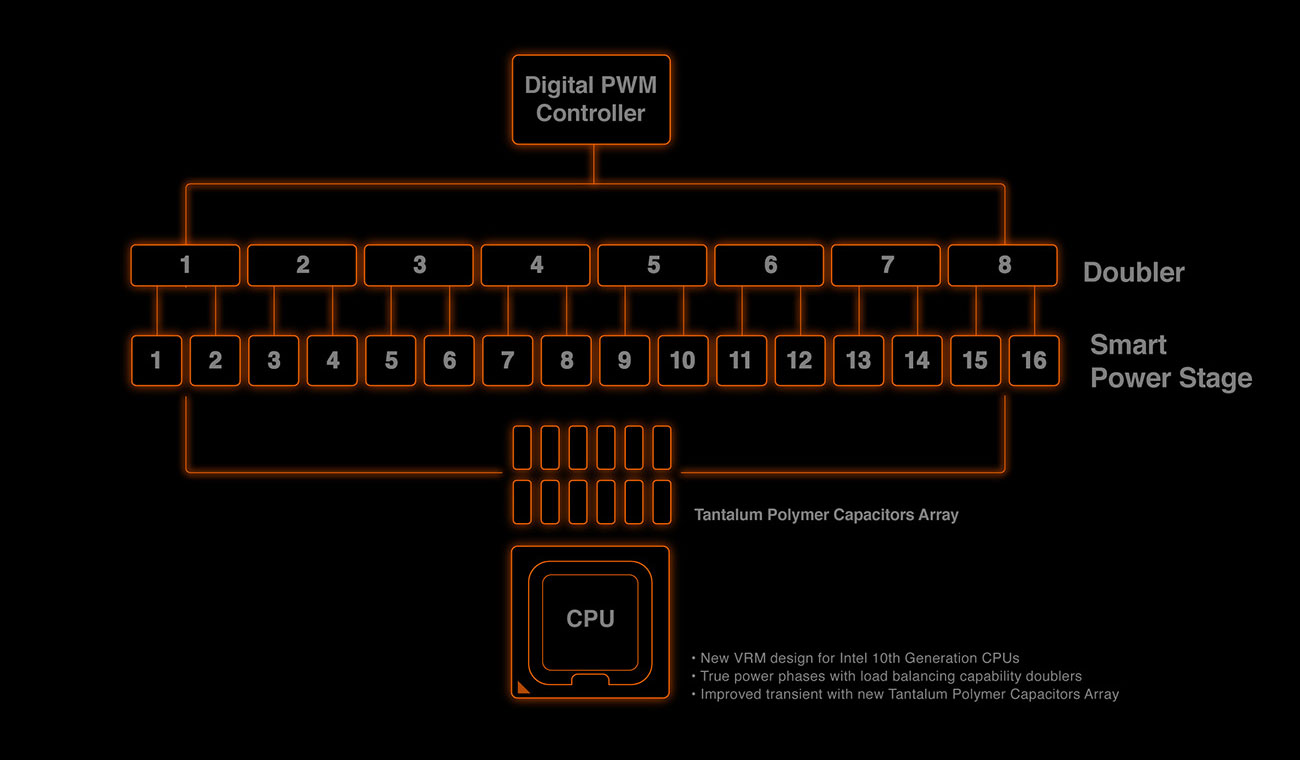AJA's Developer Program allows partner companies to incorporate AJA products into their systems. By utilizing existing, proven video I/O devices, Developer Partners leverage AJA's expertise to develop and support these technologies, saving money and getting their integrated products to market more quickly. KONA IP is desktop video and audio I/O for professional IP-based workflows. KONA IP is the next generation of AJA's industry-leading KONA line of PCIe capture and playback cards, and works with AJA's Control Room, Control Panel software and SDK tools, providing support for leading third party content creation applications. About AJA Video Systems, Inc. Since 1993, AJA Video has been a leading manufacturer of video interface technologies, converters, digital video recording solutions, and professional cameras, bringing high quality, cost effective products to the professional broadcast, video and postproduction markets. KONA 3G features 10-bit Uncompressed video I/O, the newest HDMI 1.4a support for 3D workflows, 16-channel SDI embedded audio I/O and up to 16-channel AES digital audio I/O (8 with breakout cable or 16 with optional K3G-Box).
A variety of routers, converters, and cards are being introduced
AJA Video Systems President Nick Rashby has taken the wraps off a number of new products that expand support for HDR, 12G-SDI operations, and much more. Highlights include two compact 12G-SDI routers: the KUMO 3232-12G, which features 32X 12G-SDI inputs and 32X 12G-SDI outputs, and the KUMO 1616-12G, with 16X 12G-SDI inputs and 16X 12G-SDI outputs.
“4K/Ultra HD, HFR, and deep-color workflows have introduced new challenges for professionals and facilities by requiring more bandwidth. So we’ve expanded our line of KUMO routers to the latest 12G-SDI standard,” he explains. “KUMO 3232-12G and KUMO 1616-12G pack the throughput and single-cable simplicity of 12G-SDI into a compact router with very high density for 4K/Ultra HD sources and destinations.”
Designed for use in broadcast, production, and pro-A/V environments, the new routers support large-format resolutions and high-frame-rate (HFR) and deep-color formats while reducing cable runs for transport of 4K/Ultra HD over SDI. The routers offer network-based and/or physical control and mirror the compact physical form of AJA’s production-proven KUMO 3232 and KUMO 1616 routers, adding a new USB port for configuring IP addresses via AJA’s eMini-Setup software. Multi-port gang routing also means that the new 12G-SDI models are 8K-ready.
A number of other new products are also showcased.
Being previewed at NAB 2018, AJA’s HDR Image Analyzer can monitor and analyze HDR formats PQ, HLG, and Rec.2020.

The new HDR Image Analyzer is being previewed. Combining AJA’s video and audio I/O with HDR analysis tools from Colorfront in a compact 1RU chassis, it can monitor and analyze several HDR formats, including PQ (Perceptual Quantizer), hybrid log gamma (HLG), and Rec.2020 for 4K/Ultra HD workflows. Tools include a waveform, histogram, vectorscope, and nit-level HDR monitoring. HDR Image Analyzer simplifies monitoring and analysis of 4K/Ultra HD/2K/HD, HDR and WCG content in production, post, quality control (QC), and mastering.
“As 4K/Ultra HD, HDR/WCG productions become more common,” says Rashby, “quality control is key to ensuring a pristine picture for audiences, and our new HDR Image Analyzer gives professionals an affordable and versatile set of tools to monitor and analyze HDR productions from start to finish, allowing them to deliver more-engaging visuals for viewers.”
Five new cards for Ross Video’s openGear are being featured, along with a preview of a next-generation OG-X openGear-compatible rackframe with expanded power capabilities. The new models are the first to support Ross Video’s DashBoard: the OG-3G-AMA, a 3G-SDI analog audio embedder/de-embedder; the OG-UDC, a 3G-SDI up/down/crossconverter; the OG-4K2HD, a 4K/Ultra HD-SDI–to–3G-SDI downconverter; the OG-Hi5-4K-Plus, a 3G-SDI–to–HDMI 2.0 converter; and the OG-HA5-4K, an HDMI–to–4K/Ultra 3G-SDI converter.
“Our customers have been asking for functionality from our popular Mini-Converters in rackmount form factor, for higher-density environments where space is at a premium,” explains Rashby. “These new openGear cards, combined with DashBoard software, deliver powerful conversions and remote configuration and control.”
New firmware for the FS-HDR real-time HDR and wide-color-gamut (WCG) converter/frame-synchronizer enhances the Colorfront Engine transform algorithm with support for ITU BT.2408-0 Operational Practices in HDR Television. Additionally, the FS-HDR now supports a simultaneous 4K/Ultra HD and 2K/HD output mode with independent SDR/HDR controls. And newly integrated BBC HLG look-up tables (LUTs) provide basic, mathematical HDR transforms. Infoframe generation on the HDMI monitor output provides an easy, cost-efficient solution for local monitoring on HDR-capable displays. The release will also integrate new standardized HDR test patterns. And the new Tangent Element Kb panel support for remote parameter control enables real-time adjustment control over FS-HDR’s key conversion parameters. New options include 12G-SDI single-mode SFP support and additional 3G-SDI multi-mode SFP support.
Two new KONA cards are being showcased. The KONA HDMI card offers four simultaneous channels of HD capture with popular streaming and switching applications, including Telestream Wirecast and vMix. Additionally, it offers capture of one channel of Ultra HD up to 60p over HDMI 2.0 using AJA Control Room software for file compatibility with most NLE and effects packages.
The KONA 1 card, meanwhile, is a cost-efficient single-channel 3G-SDI 2K/HD 60p I/O PCIe card offers serial control and reference/LTC, accommodates standard application plug-ins, and provides AJA SDK support. It supports 3G-SDI capture, monitoring, and/or playback with software applications from AJA, Adobe, Avid, Apple, Telestream, and others. KONA 1 enables simultaneous monitoring during capture (pass-through) and features full-size SDI ports supporting 3G-SDI formats, embedded 16-channel SDI audio in/out, Genlock with reference/ LTC input, and RS-422.
The new IPR-10G-HDMI Mini-Converter converts SMPTE ST 2110 IP video/audio to HDMI. It allows broadcast, production, post, and A/V professionals to output ST 2110 video/audio to HDMI monitors. AJA is also introducing ST 2110 support for its KONA IP via free Desktop Software v14.2.
“SMPTE ST 2110 is positioned to drive IP-video adoption forward, and AJA is committed to delivering tools that help bridge IP with existing technologies,” says Rashby. “IPR-10G-HDMI and KONA IP, with SMPTE 2110 support, allow facilities to take advantage of the many benefits ST 2110 offers for uncompressed HD video and audio over IP, while getting the most out of the gear they already have in edit bays, OB trucks, control rooms, and other environments.”
The IPR-10G-HDMI, the first in AJA’s new 10GigE IP Mini-Converter line, provides monitoring of HD ST 2110 signals via HDMI. It receives ST 2110 over 10GigE connectivity and formats the data for output on a full-size HDMI interface; the associated audio from the video stream is extracted, synchronized, and embedded into the HDMI interface and also output on an analog RCA interface.
Desktop Software v14.2 introduces support for KONA HDMI and KONA 1, in addition to a new ST 2110 IP-video mode for KONA IP with support for AJA Control Room, Adobe Premiere Pro CC, and Avid Media Composer. The free software update also brings 10GigE support for 2K/HD video and audio over IP (uncompressed SMPTE 2022-6/7) to the new Thunderbolt 3-equipped Io IP and Avid DNxIP, as well as additional enhancements to other KONA, Io, and T-TAP products, including HDR capture with Io 4K Plus. Users of Io 4K Plus and DNxIV also benefit from a new feature allowing all eight analog audio channels to be configured for output, input, or a four-in/four-out mode for full 7.1 ingest/monitoring or I/O for stereo plus VO and discrete tracks.
The HELO H.264 streaming, recording, and encoding device is getting a free software upgrade that supports closed-captioning streaming from SDI input; HLS streaming for direct interoperability with Apple iPads and other consumer devices; and Chinese-, Japanese-, and Korean-language support in HELO’s web UI.
“With live streaming increasingly used by businesses and individuals to connect with wider audiences in real time, we’ve seen an uptick in HELO use across a variety of environments,” adds Rashby. “Taking customer feedback into account, v2.1 gives HELO users important new functionality while also introducing features to an even wider range of streaming use-cases, including closed-caption support for various broadcast OTT needs and broader language support on the web UI.”
180 Litton Drive
Grass Valley, California 95945
800.251.4224
530.274.2048
FS-HDR v2.5 – Page 1
www.aja.com
Aja Video Sound Cards & Media Devices Driver Download
The PC here runs Windows Server 2019, and has all the AJA drivers and DirectShow filters installed. Also not sure if this would be relevant, but on this same machine I've also installed Blackmagic's desktop video suite (for my Intensity Pro cards) and NewTek's NDI drivers/software.
For testing, I have connected a known-good, 1080p60 HDMI source with no HDCP (a Cisco TelePresence C60) to the AJA's HDMI in port. I'm able to get a signal just fine:
I was also able to grab the video feed just fine from AJA's own ControlRoom application. However, things started going awry once I fired up OBS and added a DirectShow capture source. No output could be grabbed through OBS, and it kinda drags ControlRoom along with it - I was unable to get any output from the card in any application until I do a full system reboot.
Now there are two things that could happen to OBS. One is that I just get a black input, and the other is that OBS crashes. Here's the crash log, btw.
Toggled around all the formats within AJA ControlPanel: ARGB-8, YUV-8, YUV-10, RGB-10, RGB-12, none worked. Also tried the same in OBS, to no avail. Not sure what FourCC does, but switching it to anything within OBS doesn't seem to work as it'll just bounce back to UYVY. That being said, OBS seems to at least know the source resolution, but each time I restart OBS the video source will also go back to SDI (although I have the default set to HDMI within AJA Multi-Channel Config tool):
Edit 1 - after a reboot, I was able to get the card to at least throw out something to OBS:
Now, this still seems to crash. Upon seeing the log, it seems that something is going on with the audio:
With that, I went into the settings menu again, this time checking 'Use custom audio device' and pointing it to something else (in my case, 'Line (NewTek NDI Audio)'. Now OBS doesn't crash anymore. But while I'm able to get a live feed in the properties box, The feed still doesn't properly go into the scene (still getting a black screen there)...
Oh, and another problem: the 'input source' within OBS seems to keep bouncing back to SDI. Every. Single. Time.
Any ideas why this is not working? Color space issues? Video format issues? Something else? I've tried searching around everywhere and while there are a few mentions of OBS + AJA Kona cards (some claimed that they work), I could not find any specific technical information on how to make this happen. So, any ideas? (Thanks!)

